Boston Children's Museum
308 Congress Street, Boston, MA 02210
617-426-6500
© Boston Children’s Museum 2025
Website Design by Jackrabbit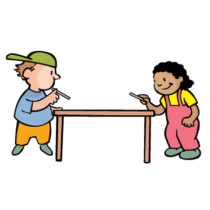
Water has a lot of interesting properties that we typically take for granted. This simple activity gives kids a chance to experiment with water’s properties of surface tension and cohesion. They will also experiment with color mixing and recognizing that once colors mix together, they cannot easily be separated. This is a fun game that you can pull out any time.
VIEW ACTIVITY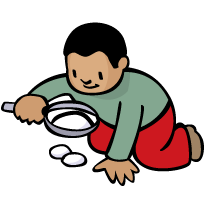
Spring is a time of rebirth and renewal—and eggs! Many animals lay and incubate eggs in the spring, and in some cultures spring is a time in which kids paint, hide and eat lots of eggs. This makes it a great time to not only take a close look at eggs, but also to experiment with some of the things we can do with them. This activity is the first in the Incredible Egg series of activities, which are designed to be done during the Spring—start your students off with this and other “egg science” activities, then move on to egg art, and finally take the Egg Drop Challenge!
VIEW ACTIVITY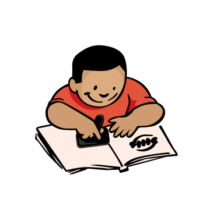
Adinkra are unique symbols created in West Africa, especially in Ghana. They are often used on pottery, woodcarvings, in logos, and they are especially beautiful when stamped on fabric. The Ashanti people of Ghana originally created Adinkra cloth to wear on special occasions, like funerals and weddings, and to important religious ceremonies. Adinkra stamps are symbols that represent specific feelings, events, things, or places.
VIEW ACTIVITY
Adinkra are unique symbols created in West Africa, especially in Ghana. They are often used on pottery, woodcarvings, in logos, and they are especially beautiful when stamped on fabric. The Ashanti people of Ghana originally created Adinkra cloth to wear on special occasions, like funerals and weddings, and to important religious ceremonies. Adinkra stamps are symbols that represent specific feelings, events, things, or places. See some examples of Adinkra symbols and what they mean in the Adinkra Glossary (Click here for the PDF).
VIEW ACTIVITY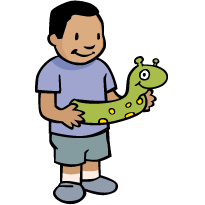
Focusing on characteristics of living things (food, shelter/protection, methods of gathering food, etc), this activity gives kids a chance to construct a 3-D model of the living things that they invented in the “Design a Critter” activity. Students will have an opportunity to practice observation and problem solving skills as well as tool use and materials manipulation. And, they get to be creative!
VIEW ACTIVITY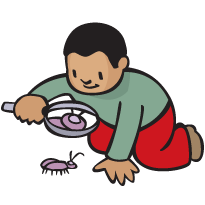
No matter where you are, a surprising array of living things occupies the same space. In the city, in the country, in the suburbs—many species of insect, arachnid, worm and other organisms can be found if you take the time to look. Giving children the opportunity to do an inventory of these creatures not only familiarizes them with living things and classification, but instills in them a sense of place and an understanding of and an appreciation for their home environment.
VIEW ACTIVITY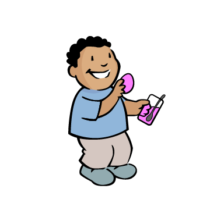
Spring is a time of rebirth and renewal—and eggs! Many animals lay and incubate eggs in the spring, and in some cultures spring is a time in which kids paint, hide and eat lots of eggs. This makes it a great time to not only take a close look at eggs, but also to experiment with some of the things we can do with them. This activity is part of the Incredible Egg series of activities, which are designed to be done during the Spring—start your students off with some of the “egg science” activities, then move on to “egg art”, and finally take the Egg Drop Challenge!
VIEW ACTIVITY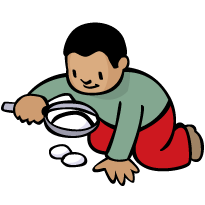
Mosaics are traditionally created using small pieces of material like glass, stone, etc. to make colorful, often intricate patterns. In this activity, colored and white eggshells are used to produce a similar effect. Spring is a time of rebirth and renewal—and eggs! Many animals lay and incubate eggs in the spring, and in some cultures spring is a time in which kids paint, hide and eat lots of eggs. This makes it a great time to not only take a close look at eggs, but also to experiment with some of the things we can do with them. This activity is part of the Incredible Egg series of activities, which are designed to be done during the Spring—start your students off with some of the “egg science” activities, then move on to egg art, and finally take the Egg Drop Challenge!
VIEW ACTIVITY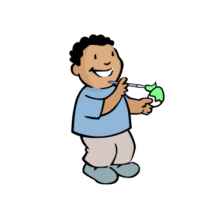
Before oil paints were invented, painters used egg yolks as an ingredient in their paint. Your kids can paint like the old masters by creating their own egg tempera paint. This activity is part of the Incredible Egg series of activities, which are designed to be done during the Spring—start your students off with some of the “egg science” activities, then move on to egg art, like this activity, and finally take the Egg Drop Challenge!
VIEW ACTIVITY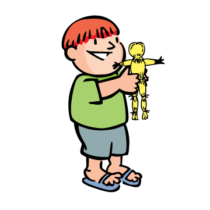
For the Wampanoag Tribal Nation in Massachusetts, summer brings many things to be thankful for—including corn! Corn is special to the Wampanoag, and making corn husk dolls is just one way that parts of the corn plant are traditionally used. Try out this activity that Wampanoag children and adults have been doing for many years (and if you like, you can call them “action figures” instead of dolls). Click here to watch a video of traditional Wampanoag corn husk doll making.
VIEW ACTIVITY